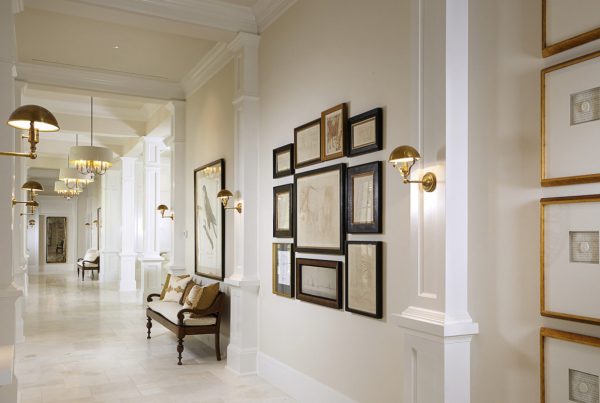In an era marked by environmental concerns and a growing awareness of our impact on the planet, sustainable architecture has emerged as a crucial field driving innovation and change in the building industry. From green building materials to energy-efficient design principles, architects and designers are exploring new ways to minimize environmental impact while creating functional and aesthetically pleasing spaces. In this article, we’ll delve into the latest trends and innovations in sustainable architecture, showcasing how these advancements are shaping the future of building design.
1. Green Building Materials:
Sustainable architecture begins with the selection of eco-friendly building materials that minimize resource depletion and reduce environmental harm. From reclaimed wood and bamboo to recycled steel and low-impact concrete, architects have access to a wide range of sustainable materials that offer durability, performance, and aesthetic appeal.
2. Passive Design Strategies:
Passive design strategies harness natural elements such as sunlight, ventilation, and thermal mass to create comfortable and energy-efficient buildings. Features such as orientation, shading devices, and natural ventilation systems help optimize indoor comfort levels while minimizing the need for mechanical heating and cooling.
3. Net-Zero Energy Buildings:
Net-zero energy buildings, which produce as much energy as they consume over the course of a year, represent the pinnacle of energy-efficient design. These buildings incorporate features such as solar panels, high-performance insulation, and energy-efficient appliances to minimize energy consumption and maximize renewable energy generation.
4. Biophilic Design:
Biophilic design seeks to reconnect people with nature by incorporating natural elements and patterns into the built environment. From green roofs and living walls to indoor gardens and daylighting strategies, biophilic design enhances occupant well-being, productivity, and connection to the natural world.
5. Passive House Standards:
The Passive House standard, pioneered in Germany, sets rigorous energy efficiency criteria for buildings, focusing on airtight construction, high-performance insulation, and heat recovery ventilation systems. Buildings certified to Passive House standards consume up to 90% less energy for heating and cooling compared to conventional buildings.
6. Zero-Carbon Developments:
Zero-carbon developments aim to eliminate carbon emissions associated with building operations, transportation, and embodied carbon in materials. These developments prioritize renewable energy sources, energy-efficient transportation options, and carbon-neutral construction practices to achieve carbon neutrality.
7. Smart Building Technologies:
Smart building technologies leverage data and automation to optimize building performance, enhance occupant comfort, and reduce energy consumption. From energy management systems and occupancy sensors to smart thermostats and lighting controls, these technologies enable buildings to adapt to changing environmental conditions and user preferences in real-time.
8. Circular Economy Principles:
Embracing circular economy principles, architects and designers are reimagining the building lifecycle to minimize waste and maximize resource efficiency. Strategies such as modular construction, adaptive reuse, and material recycling enable buildings to be dismantled, repurposed, and recycled at the end of their useful life, closing the loop on material flows and reducing environmental impact.
9. Resilient Design:
Resilient design addresses the challenges of climate change and natural disasters by integrating resilience measures into building design and planning. Strategies such as flood-resistant construction, stormwater management, and passive survivability ensure that buildings can withstand extreme weather events and maintain functionality in adverse conditions.
10. Community-Centered Design:
Community-centered design approaches prioritize social equity, inclusivity, and community engagement in the design process. Architects collaborate with local stakeholders to create buildings and spaces that address the needs of diverse communities, promote social cohesion, and enhance quality of life for all residents.
Conclusion:
Sustainable architecture is at the forefront of addressing the urgent environmental and social challenges facing our planet. By embracing innovative technologies, design strategies, and collaborative approaches, architects and designers are shaping a built environment that is resilient, regenerative, and equitable for future generations. As we continue to investigate the latest trends and innovations in sustainable architecture, we have the opportunity to create buildings and communities that not only mitigate environmental impact but also enhance human well-being and foster a deeper connection to the natural world.






